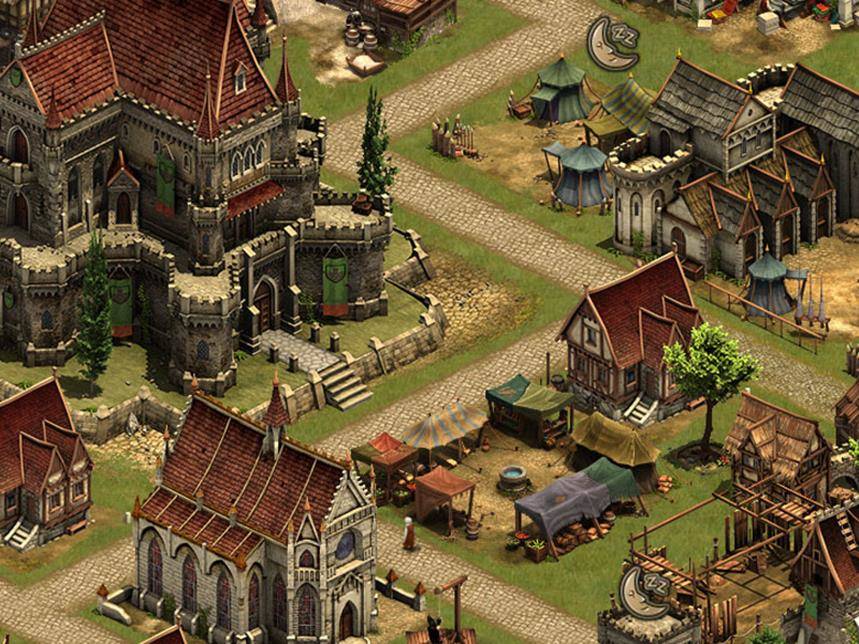

Greasing the wheels of this connectivity was the Mongols’ celebrated postal system. Without these Mongol trade routes, Marco Polo could never have made his celebrated journey from Europe to China in the late 13th century. The empire made the world a smaller place, in effect serving as a transmission belt for technology, science and goods between areas as diverse as China, Iran and eastern Europe. And whether they were Christian, Muslim or Buddhist, it appears they were free to worship in peace.Īnother key to Genghis Khan’s success was his promotion of trade.

As a result, his capital of Karakorum bristled with small communities of foreign silversmiths, silk-weavers, artists, architects and the like. He certainly wasn’t averse to exploiting these people’s skills, identifying the best artisans across the empire and bringing them back to Mongolia. But there was another, often overlooked, side to him, and that was as the enlightened ruler who realised that if his Mongol Empire was to prove sustainable, he would have to work with the peoples he had subjugated. The Genghis Khan of popular imagination tends to be a pitiless killer, leading a merciless army across the land and building an empire on the bones of millions. Was Genghis Khan a vengeful tyrant or an enlightened ruler?


 0 kommentar(er)
0 kommentar(er)
